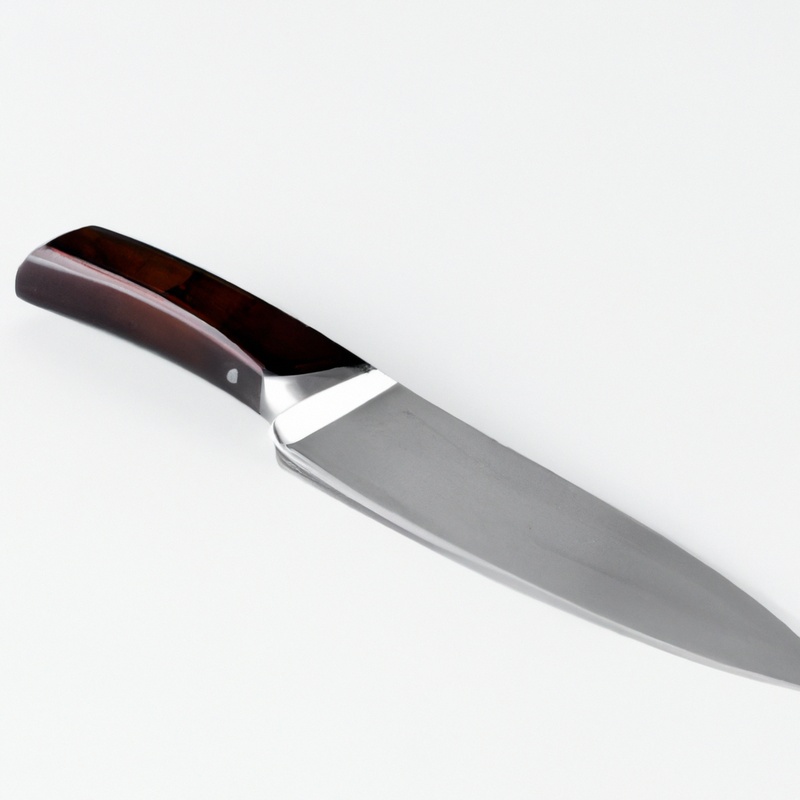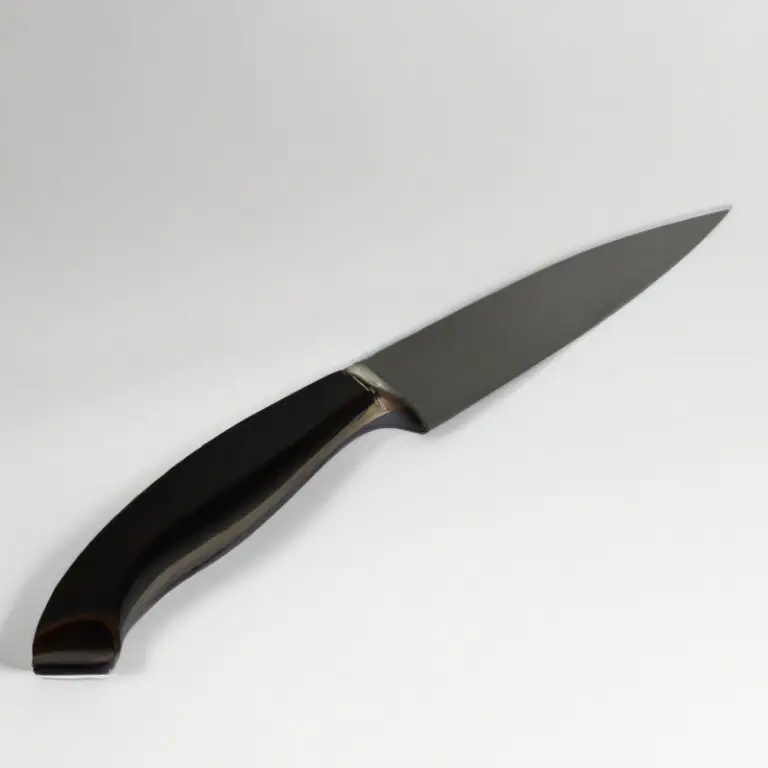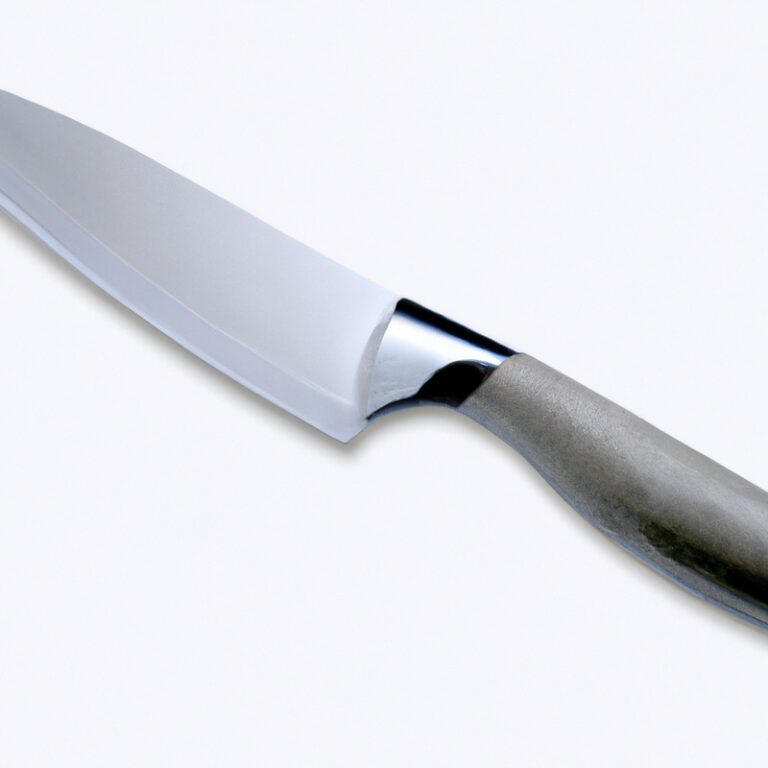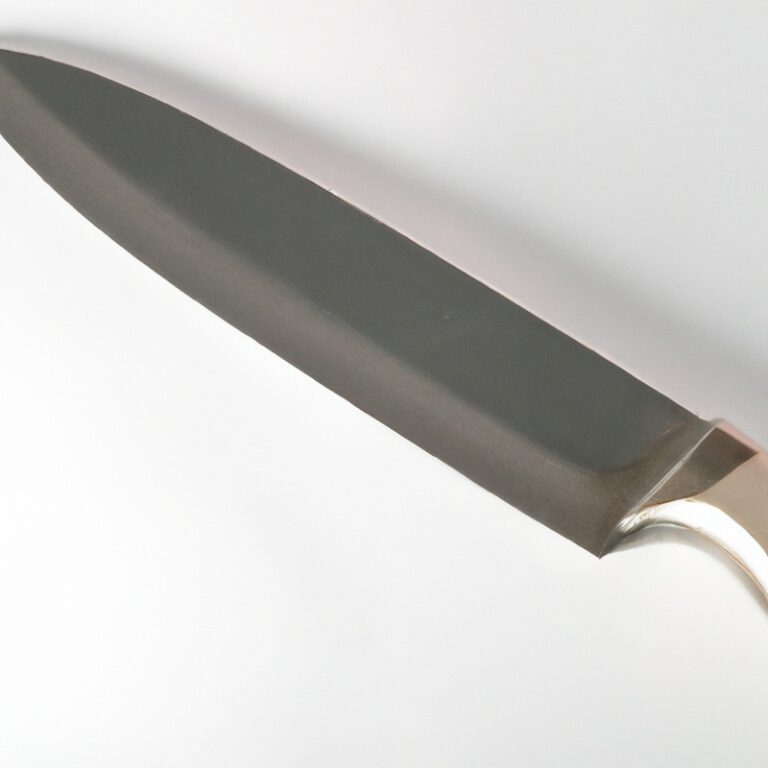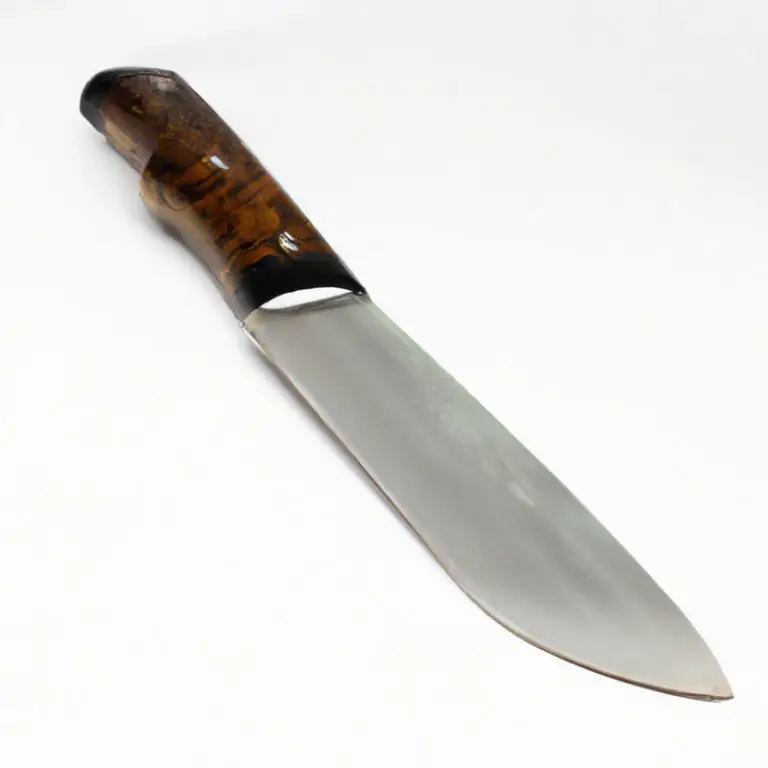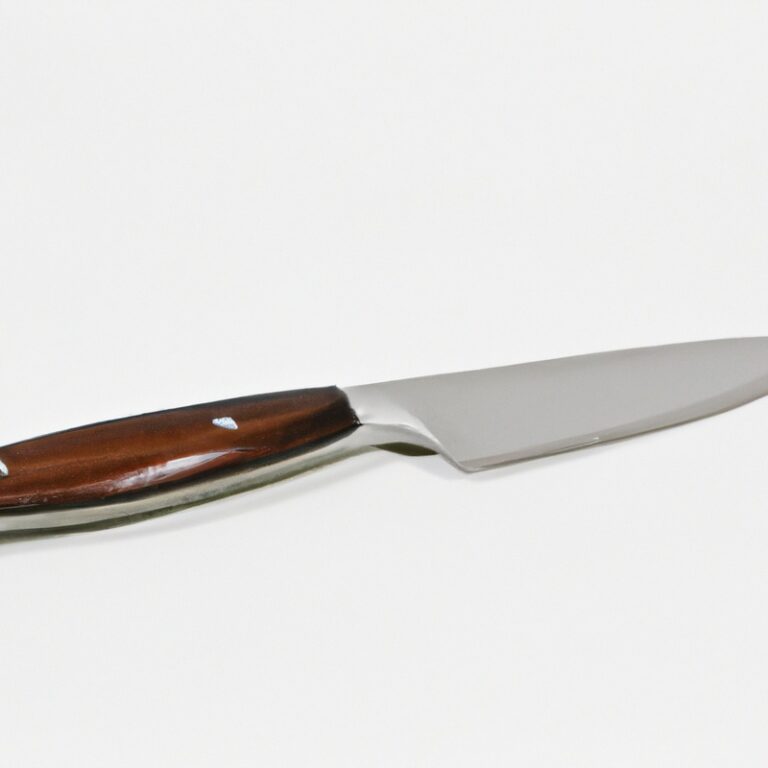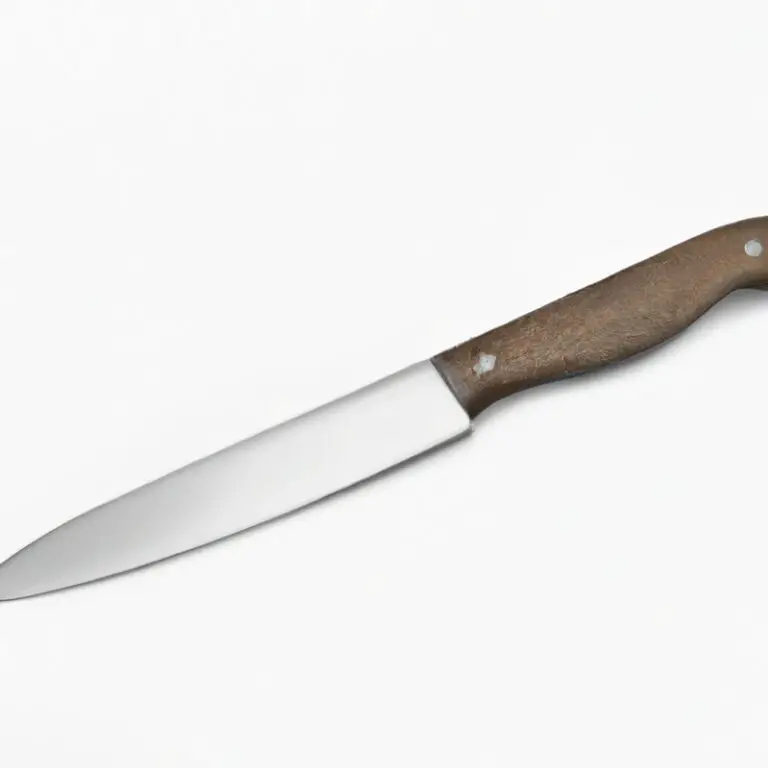What Are The Alternative Uses Of a Fillet Knife In The Kitchen? Try Them Out!
Key Takeaways:
- A fillet knife can be used not just for fish, but also for slicing vegetables and fruits.
- The thin and flexible blade of a fillet knife is perfect for delicate tasks like deveining shrimp.
- With its sharp blade and pointed tip, a fillet knife can also be used for precision cuts, such as creating garnishes or trimming fat from meat.
- Investing in a quality fillet knife can be a versatile tool in any home cook’s kitchen arsenal.
If you think a fillet knife is only useful for deboning fish and meat fillets, then you might be missing out on some of its other potential functions. A fillet knife is versatile and can be used for several other kitchen tasks apart from filleting.
From chopping vegetables to peeling fruits, it can perform multiple duties in your cooking routine.
In this article, I will take you through some of the alternative uses of a fillet knife that you probably didn’t know existed. Whether you’re a seasoned chef or a home cook, these tricks will help you make the most out of your fillet knife in the kitchen.
| Alternative Uses of a Fillet Knife |
|---|
| 1. Slicing Meat |
| 2. Trimming Vegetables |
| 3. Cutting Fruits |
| 4. Removing Poultry Skin |
| 5. Deboning Chicken or Other Meats |
| 6. Carving Roasts or Turkey |
| 7. Scaling or Cleaning Fish |
Trimming poultry and meats with a fillet knife
A fillet knife is an excellent tool for trimming poultry and meats. Its sharp, flexible blade allows for easy maneuverability around bones and joints, ensuring that you get the most meat possible from your cuts.
Trimming with a fillet knife is also more precise than using a regular kitchen knife, resulting in cleaner cuts and a more professional-looking final product.
Whether you’re preparing chicken for a stir-fry or filleting a fish, a fillet knife is a must-have tool in the kitchen. Just be sure to use it carefully, as its sharpness can be dangerous if not handled properly.
Slicing fruits and vegetables with a fillet knife
Slicing fruits and vegetables with a fillet knife is an alternative use that many people may not have considered. The thin and flexible blade of a fillet knife allows for precise cuts through softer produce like tomatoes and peaches, as well as thicker and denser produce like cabbage and squash.
This precision allows for more control and less waste compared to using a larger, less flexible knife.
However, it’s essential to make sure the knife is sharp to avoid slipping and injuring yourself while cutting. When using a fillet knife for slicing fruits and vegetables, it’s important to remember to use a cutting board to protect both the blade and your countertop.
Overall, a fillet knife can be a handy addition to your kitchen, not just for meat and fish.
Scaling fish for cooking with a fillet knife
Scaling fish can be a daunting task if you do not have the right tools. A fillet knife can make scaling fish a breeze.
The sharp blade can easily remove the scales from the surface of the fish.
Begin by cleaning out the fish and running it under cold water. Hold the fish firmly with one hand and use the fillet knife to remove the scales by scraping it from the tail to the head of the fish.
Make sure you remove all scales from the skin.
Scaling fish before cooking helps it cook evenly, prevents it from curling and improves the texture of the fish. Using a fillet knife for scaling fish will make your fish preparation process smooth and seamless.
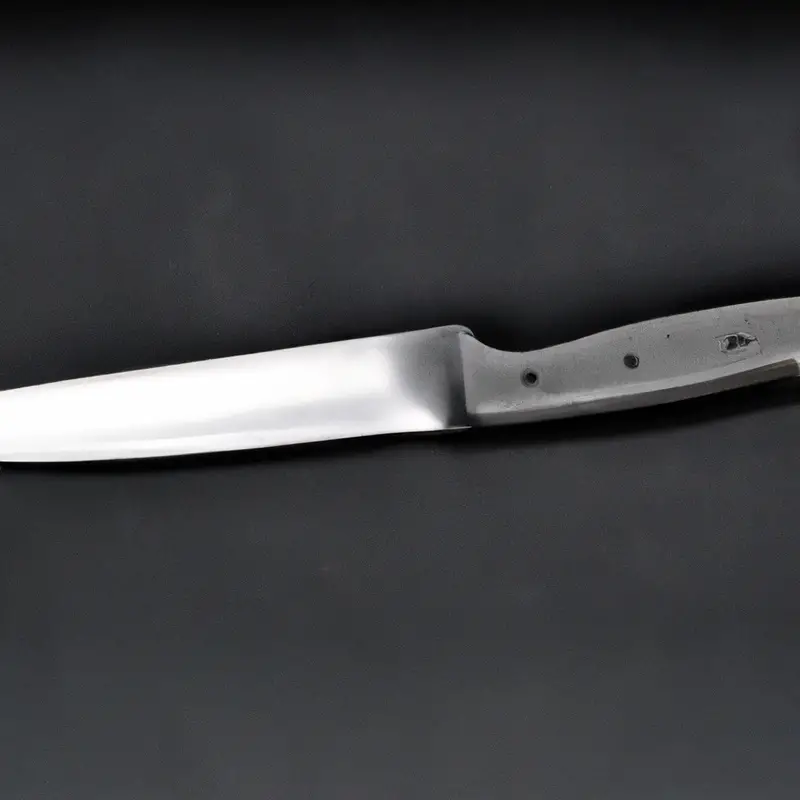
Removing bones from meat with a fillet knife
Removing bones from meat with a fillet knife is one of the primary uses of this kitchen tool. A fillet knife’s sharp, flexible blade allows cooks to slice along the bones of meat, separating them from the flesh cleanly and precisely.
This process makes recipes like stuffed meats, roulades, and boneless cuts of meat possible.
To remove bones from meat with a fillet knife, insert the blade between the bone and the flesh of the meat, then cut through the meat along the bone, sliding the blade along the bone as you go. With practice and patience, cooks can master the skill of deboning meat, producing professional-quality results.
However, It is important to ensure that the fillet knife is sharp enough to avoid injuring yourself and resulting in a slip.
Sharpen the knife or use a bone saw to prevent injuries.
Deveining shrimp and prawns with a fillet knife
Deveining shrimp and prawns is important to improve their taste and texture. To devein them with a fillet knife, make a cut along the back of the shrimp to expose the vein.
Then, use the tip of the fillet knife to remove the vein carefully.
Use the blade to scrape off any remaining dirt or debris. This process is made easier with a fillet knife due to its sharp blade and narrow tip, making it ideal for delicate tasks like this.
So, if you want to serve prawns and shrimp that are free of veins and grit, a fillet knife is a useful tool to have in your kitchen.
Dicing herbs and spices with a fillet knife
Dicing herbs and spices with a fillet knife can be a useful alternative use in the kitchen. The long and slender blade of a fillet knife allows for fine and precise cuts, which is perfect for mincing fresh herbs like parsley, basil, and cilantro.
With a fillet knife, dicing spices like garlic, ginger, and onions becomes easier, resulting in evenly diced and smaller pieces.
Keep in mind to hold the herb or spice down with your non-dominant hand and use a rocking motion while holding the fillet knife with your dominant hand for best results. It’s important to note that a sharp fillet knife is essential for cutting herbs and spices, as a dull blade can crush them instead of cleanly dicing them.
Overall, dicing herbs and spices with a fillet knife can save time and effort in the kitchen while providing finely minced ingredients for cooking.
Butterflying cuts of meat with a fillet knife
Butterflying cuts of meat involves cutting the meat in half horizontally while keeping it intact on one side, allowing it to be opened like a butterfly. This technique is great for thinning out thicker cuts of meat like chicken breasts and beef steaks, making them cook faster and more evenly.
Butterflying also creates a larger surface area for marinades or stuffing, resulting in more flavor.
Using a fillet knife for butterflying meat allows for precise cuts and minimal damage to the meat, ensuring that it stays intact during the cooking process. Simply make a shallow cut down the middle of the meat and continue to cut horizontally on either side, being careful not to puncture through the other side.
Butterflying may seem intimidating at first, but with a sharp fillet knife and a steady hand, it’s an easy and effective technique to elevate your cooking.
Carving fruits and vegetables for decorative purposes with a fillet knife
One of the alternative uses of a fillet knife in the kitchen is carving fruits and vegetables for decorative purposes. A fillet knife has a fine, flexible and thin blade that is perfect for creating intricate designs on fruits and vegetables.
With a fillet knife, you can make beautiful radish roses, cucumber flowers, and other decorative shapes that can add a visually appealing element to salads, appetizers, and garnishes.
When using a fillet knife to carve fruits and vegetables, it’s essential to have a steady hand and a sharp blade. A dull blade can slip and cause injuries.
Choose firm fruits and vegetables that are easy to cut and hold their shape well, such as carrots, beets, and apples.
To start, carefully peel the fruits and vegetables and slice them thinly and evenly. Then, using the fillet knife, start making your desired shapes and designs.
Be patient and take your time to avoid making mistakes.
With practice, you can become more skilled and create more complex designs. Using a fillet knife to carve fruits and vegetables for decorative purposes can be an eye-catching addition to your culinary creations.
It’s a fun and creative way to enhance the presentation of your dishes and impress your guests.
Peeling skin from fruits and vegetables with a fillet knife
Peeling skin from fruits and vegetables with a fillet knife is a practical alternative use in the kitchen. The sharp and flexible blade of a fillet knife makes the peeling process both quick and efficient.
To peel fruits and vegetables with a fillet knife, first, make an incision at the top of the vegetable, then gently slide the blade of the knife through the skin, following the shape of the vegetable.
Repeat the process until all the skin is removed. This technique is particularly useful for peeling delicate fruits and vegetables with thin skin, such as tomatoes or peaches.
However, be cautious, as the sharpness of a fillet knife may easily cause injuries.
Always keep the blade away from your fingers and use a cutting board for stability.
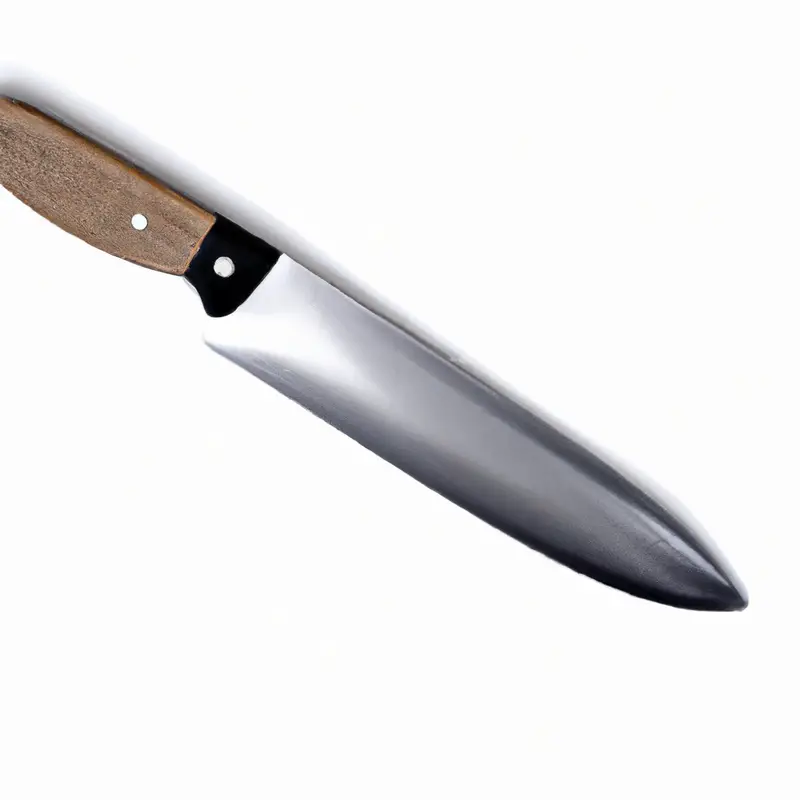
Sharpening other kitchen tools with a fillet knife
Sharpening other kitchen tools with a fillet knife is another use for this versatile tool. A fillet knife can be used to sharpen other knives, scissors, and even vegetable peelers.
The flat and slender shape of the blade makes it ideal for sharpening the pointed edges of various cutting tools.
To sharpen other kitchen tools with a fillet knife, hold the blade at a 20-degree angle against the dull edge of the tool. Use a back-and-forth motion across the entire length of the blade.
Repeat the process until the desired sharpness is achieved.
Always use caution when sharpening other tools to avoid accidents and injuries. Having a sharp set of kitchen tools makes food preparation more efficient.
Sharpening dull knives and other kitchen tools with a fillet knife can save money and eliminate the need to purchase new tools.
However, it is essential to note that proper maintenance is crucial for maintaining the sharpness of the knife and other tools.
Final Verdict
A fillet knife is much more than just a tool for filleting fish. Its sharp and slender blade can be used for a variety of tasks in the kitchen, from trimming poultry to carving decorative fruits and vegetables.
By exploring the various alternative uses of a fillet knife, you can expand your culinary skills and elevate your dishes to the next level.
Remember to always handle the knife with care and sharpen it regularly to ensure safe and effective use. With the knowledge and expertise gained from this article, you can confidently incorporate a fillet knife into your culinary arsenal and impress your guests with your sophisticated techniques.

